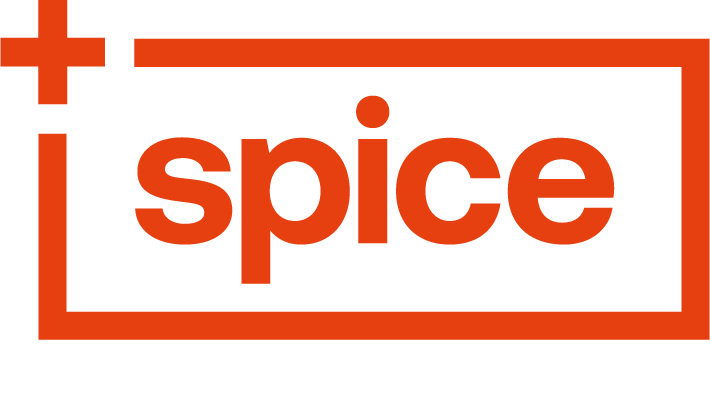
Once upon a time (okay, like ten minutes ago in corporate terms), performance at work was all about you. Your KPIs. Your quarterly review. Your lone battle to impress your manager and maybe, just maybe, score a slightly bigger slice of the bonus pie.
But times are changing. Work is no longer a solo sport. It’s more like a relay race, with lots of passing the baton, and hopefully not dropping it.
So, here’s the question on everyone’s lips (or at least in every HR workshop):
Is it time to stop measuring performance as a solo act and start giving the whole team some credit?
Why “We” Might Just Work Better
Let’s be honest: the old-school annual review is about as exciting and useful as dial-up internet. According to research from CEB, a whopping 95% of managers aren’t satisfied with performance reviews. That’s not a typo, it’s almost everyone!
Why? Because these reviews are built for a world where people worked in silos. Newsflash: silos are for grain, not high-performing teams.
These days, work is wildly collaborative. It’s brainstorms, Slack threads, Zoom calls, and collaborations. They’re co-created and pressure-tested by teams. No one’s working alone anymore..
And yet, we’re still measuring success like it’s 1989.
From Star Performers to Winning Teams
Forward-thinking companies are turning the spotlight away from individuals and shining it on the entire team.
Instead of just asking:
“What did you achieve?”
They’re asking:
- “How did your team do?”
- “Did you help others succeed?”
- “Are you a team player?”
Now, don’t worry. You’re still accountable. It’s just that accountability will be reframed within the context of collaboration, contribution, and culture.
Culture: The New KPI
Yes, culture. That fuzzy, feel-good word that’s suddenly muscling its way into performance reviews. And for good reason. Culture isn’t a poster on the wall. It’s how people actually treat each other when deadlines loom and coffee runs dry.
Ask yourself:
- Are people lifting each other up, or elbowing for the spotlight?
- Are teams working together or hoarding information like it’s the last piece of cake in the break room?
- Are we living our values—or just listing them on the intranet?
When culture becomes measurable, it becomes meaningful. And that’s when the real magic happens.
Turning Ideas Into Action, with a Little Help from Spice HR
At Spice, we help organisations turn good intentions into great cultures. Because collaboration doesn’t just happen, it takes tools, trust, and a tiny bit of magic (okay, a lot of strategic planning).
🧭 Want everyone paddling in the same direction?
✔️ Try our Vision, Mission, and Values Workshops.
We’ll help your team lay the foundation for aligned, purpose driven teams.
💬 Sick of crossed wires and silent Zoom calls?
✔️ Our Team Charter sessions and DISC profiling tools decode the mystery of how people work and help people understand themselves, and each other, better
🚀 Ready to level up your culture?
✔️ Our Acentia-accredited Culture Workshops tackle the big stuff, like cross-team drama, leadership gaps, and turning nice teams into unstoppable ones.
Because let’s face it, high-performing teams don’t happen by accident. They’re built on clarity, connection, and a shared sense of “we’ve got this.”
The Bottom Line: Me + We = Success
The future of performance isn’t about the lone genius or the spreadsheet warrior. It’s about what we achieved, together.
The future of performance is collective, connected, and culture-powered.
So if you’re ready to stop measuring who ticked the most boxes and start rewarding the people who made real progress possible?
You’re ready for the “We” era.
And if you need help along the way? Spice is here to help you lead the charge, with purpose, with strategy, and yep, with a little extra heat..




